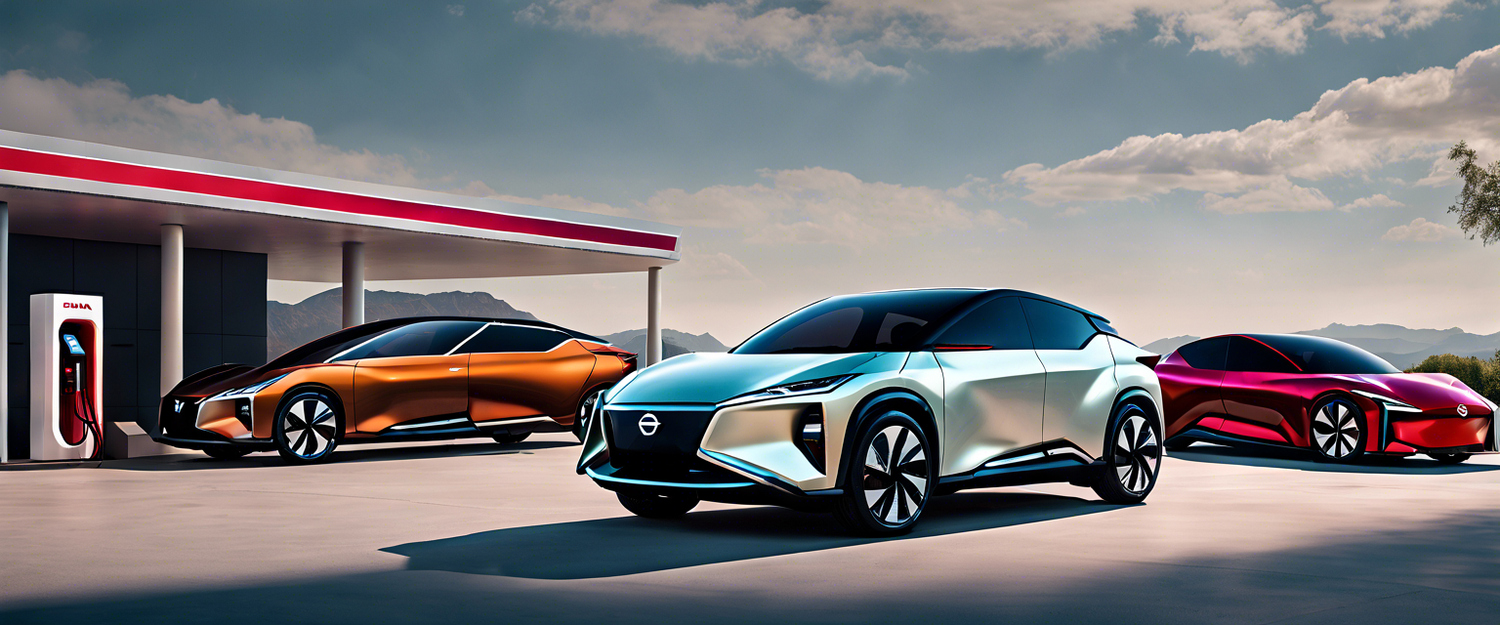Nissan's New Tutorial for Ariya Owners: A Deep Dive into the Tesla NACS Adapter
Nissan recently released a tutorial video aimed at Ariya owners, illustrating how to effectively use a Tesla NACS (North American Charging Standard) adapter with their electric vehicle. However, the video included an unexpected twist: users must insert a small piece of plastic into the CCS (Combined Charging System) port before connecting the adapter. This seemingly unnecessary step has raised eyebrows among EV enthusiasts and potential buyers.
Understanding the Ariya's CCS Port
The Nissan Ariya is the automaker's first electric vehicle equipped with a CCS port. In October, Nissan activated the Ariya's ability to connect to Tesla's expansive Supercharger network, which has been a game-changer for many EV owners seeking more charging options. Other automakers, such as Ford and Rivian, have also adopted Tesla's NACS standard and are providing their customers with adapters. However, unlike the Ariya, these vehicles do not require an extra step that complicates the charging process.
The Confusing Extra Step
According to Nissan's video, the NACS adapter provided is equipped with a "plug adapter." This adapter must be pushed into the hourglass-shaped cavity located between the two DC pins in the CCS port before charging at any NACS-compatible fast charging station. While Nissan insists that the process is "simple" and requires no tools, the necessity of using the adapter from Nissan or a designated US dealership presents limitations. This might render third-party options, such as the Lectron adapter, ineffective—an outcome that many users may consider fortunate, especially in light of the recent recall of the Lectron adapter.
Why the Additional Insert?
The design of the Ariya’s charge port is peculiar compared to most other EVs. Though it operates with various CCS-compatible fast charging stations, it features a negative hollow space between the direct current pins. This gap is not found in many other electric vehicles. By requiring users to insert a plastic piece, Nissan's solution fills this gap, altering the port's appearance to align more closely with conventional CCS ports. Questions have emerged regarding the necessity of this opening and the role of the insert, but Nissan has yet to provide clarity on this matter.
Ariya vs. Leaf: A Study in Charging Standards
Nissan’s other electric vehicle, the Leaf, utilizes the largely outdated CHAdeMO charging standard. As of now, there seems to be no immediate plans for a CHAdeMO to Tesla Supercharger adapter for the Leaf, although some CHAdeMO to CCS adapters are available on the market. This situation underscores the ever-present complexity of EV ownership in a landscape dominated by competing standards and charging technologies.
The Broader Implications for EV Ownership
Navigating the world of electric vehicles can be daunting for consumers. With multiple standards, inconsistent software experiences, and often confusing procedures, Nissan's recent additional step for Ariya owners further emphasizes the hurdles customers face. As electric vehicles become more mainstream, the industry must strive for clarity and cohesion, rather than contributing to the fragmentation that presently exists.
Conclusion: Simplifying the EV Charging Experience
Ultimately, Nissan's tutorial and the requirement to use a specific plastic insert reflect the ongoing challenges of aligning charging standards. As the electric vehicle market evolves, stakeholders must work diligently to simplify the user experience and reduce the complexity that potential buyers face when it comes to charging technology.
For further details about EV charging standards and best practices, check out relevant articles on our site to stay updated on the latest trends in electric vehicles.



Leave a comment
All comments are moderated before being published.
यह साइट hCaptcha से सुरक्षित है और hCaptcha से जुड़ी गोपनीयता नीति और सेवा की शर्तें लागू होती हैं.